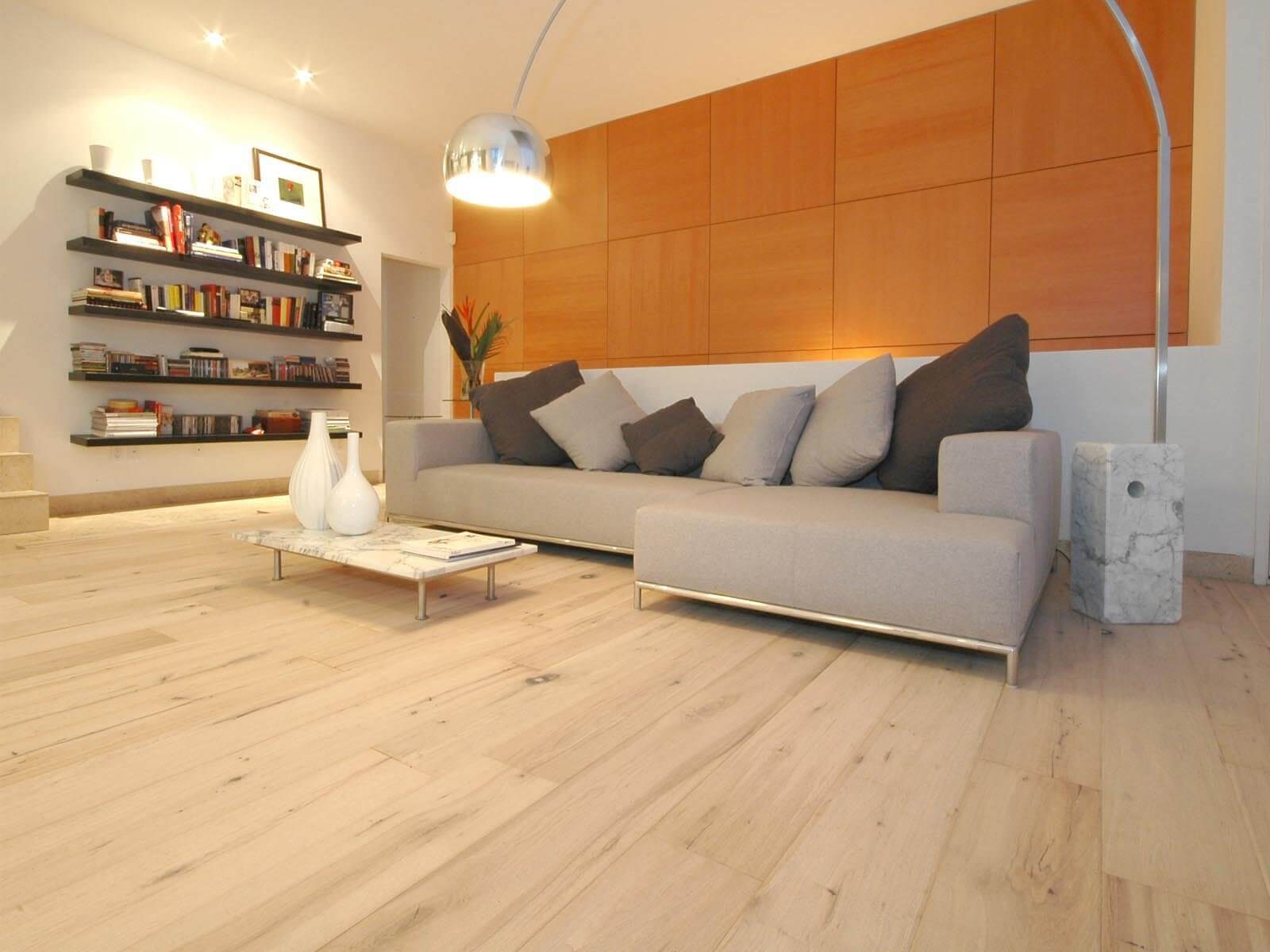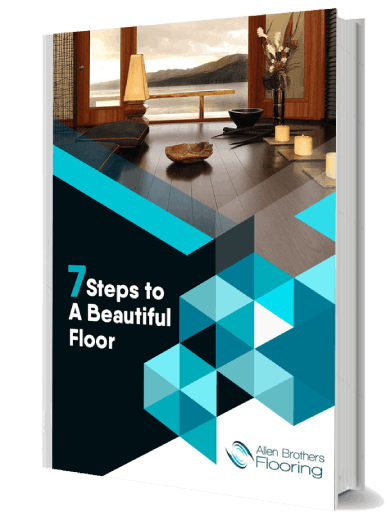
Flooring Tips
The beautiful natural appearance of wood has long been the flooring of choice for many homeowners. While solid hardwood may be the only choice for some traditionalists, many homeowners are now using engineered or laminated wood flooring instead to achieve a similar effect.
All three types have specific strengths and weaknesses which make them suitable for different uses. Making the wrong choice for your lifestyle can lead to unnecessary damage and a shortened life for your floor, so it’s worth understanding the difference.
If you want to learn more about timber floors, please check out our other resources:
1. How much does timber floor installation cost?
2. 5 Best types of timber for your floor
3. Why should you choose timber floors?
4. Engineers vs laminate vs solid timber flooring
5. What to consider before timber floor installation
6. 5 Simple timber floor care tips
Engineered Wood Flooring - Engineered wood flooring consists of layers of natural wood bonded together. The inner layers are normally made of plywood, which is sandwiched between outer layers of solid wood. This outer layer means that engineered wood gives the appearance of being a natural piece of solid wood flooring.
Engineered wood flooring advantages:
Engineered wood flooring disadvantages:
Laminated Wood Flooring - Laminate flooring is often confused with engineered wood flooring because it is also made up of layers. The difference is that laminate flooring is a synthetic product; none of the wood used is in its natural state.
Laminate floor consists of a photo of a wood plank covered by a protective layer and mounted on high-density composite wood.
Laminate wood flooring advantages:
Laminate floor disadvantages:
Solid Wood Flooring - Unlike your other two options, solid wood flooring is, as its name suggests, just a solid piece of timber. This is typically the more sought-after and expensive solution, with prices varying depending upon the type of wood, the grade, and the thickness required.
Solid wood advantages:
Solid wood disadvantages:
Which Option Should You Choose? Your choice will depend upon your budget, use, and other specifics. If you want a wood floor for your bathroom, kitchen, or to go over underfloor heating, engineered wood is the best choice. If, on the other hand, the budget is your main priority, laminate wood flooring is the best option.
For other uses, including high traffic areas, solid wood flooring will work best. Although it’s a larger upfront investment, it will look better, and it will save you money over time because it will last far longer than the other solutions.
Need Help? Talk to Allen Brothers Flooring
Would you like to talk to an expert about your wood flooring? Contact a member of the team at Allen Brothers Flooring – we’d be happy to advise you. You can call us on 0407 983 020 or reach us through our online contact form.

